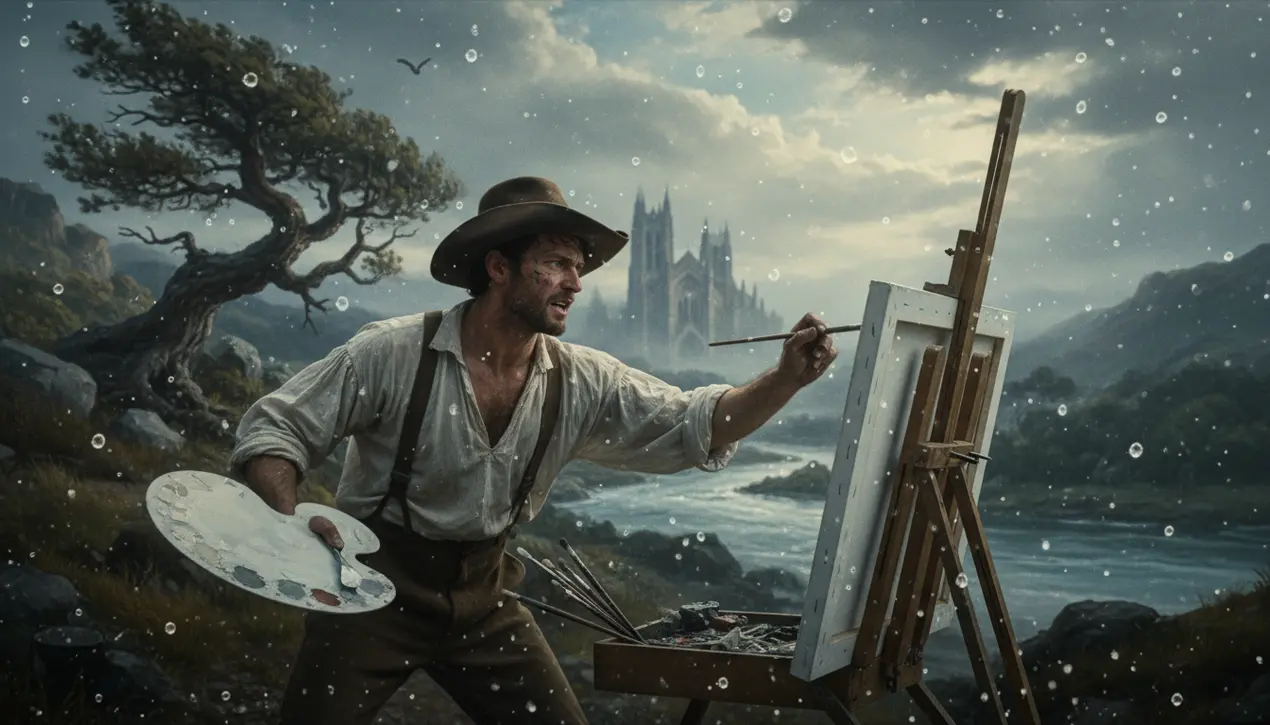
Entertainmenttheatre & artsArt Exhibitions
The Radical History of Plein Air Painting Outdoors.
AM
Amanda Lewis
5 hours ago7 min read1 comments
The seemingly genteel practice of plein air painting, which now conjures images of artists dotting bucolic landscapes with their easels, was in its inception a genuinely radical act—a decisive break from the sanctified confines of the studio. Before the early 19th century, the artistic process was largely an indoor affair, a meticulous construction built upon preliminary sketches and memory within a controlled environment.The shift outdoors, pioneered by figures like John Constable in England and the Barbizon school in France, was nothing short of a revolution in methodology and perception. These artists weren't just seeking better light; they were chasing truth, trading the studio's artificial harmony for the chaotic, fleeting drama of nature itself.This was a direct challenge to the established academic hierarchy that prized historical and allegorical subjects rendered with polished finish. The Impressionists, of course, became the most famous torchbearers of this movement, with Claude Monet obsessively painting the same haystack or cathedral facade at different times of day to capture the ephemeral effects of light and atmosphere.Their canvases, often completed in a single, frantic session, pulsate with a vitality and immediacy that studio work could never replicate. The very texture of the paint—visible brushstrokes, thick impasto—became a record of the artist's direct encounter with their subject, a stark contrast to the smoothed-over surfaces of academic art.This was a democratization of vision, elevating the mundane beauty of a train station or a suburban boating party to the status of high art. The critic Louis Leroy’s infamous dismissal of Monet’s ‘Impression, Sunrise’ as mere wallpaper, far more unfinished than a proper painting, perfectly encapsulates the shock this new approach provoked.It was a battle between the ideal and the real, the constructed and the witnessed. Today, the legacy of this radical move is everywhere, from the popularity of outdoor painting workshops to the very way we are taught to see and value the transient effects of light in our own visual culture. The plein air revolution fundamentally rewired our aesthetic sensibilities, proving that the greatest drama often lies not in a staged studio setup, but in the unscripted, ever-changing theatre of the natural world.
#plein air painting
#art history
#outdoor painting
#art techniques
#art movements
#featured
Stay Informed. Act Smarter.
Get weekly highlights, major headlines, and expert insights — then put your knowledge to work in our live prediction markets.
Comments
Loading comments...
© 2025 Outpoll Service LTD. All rights reserved.